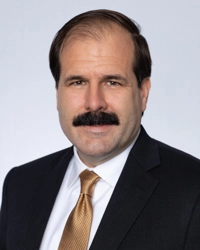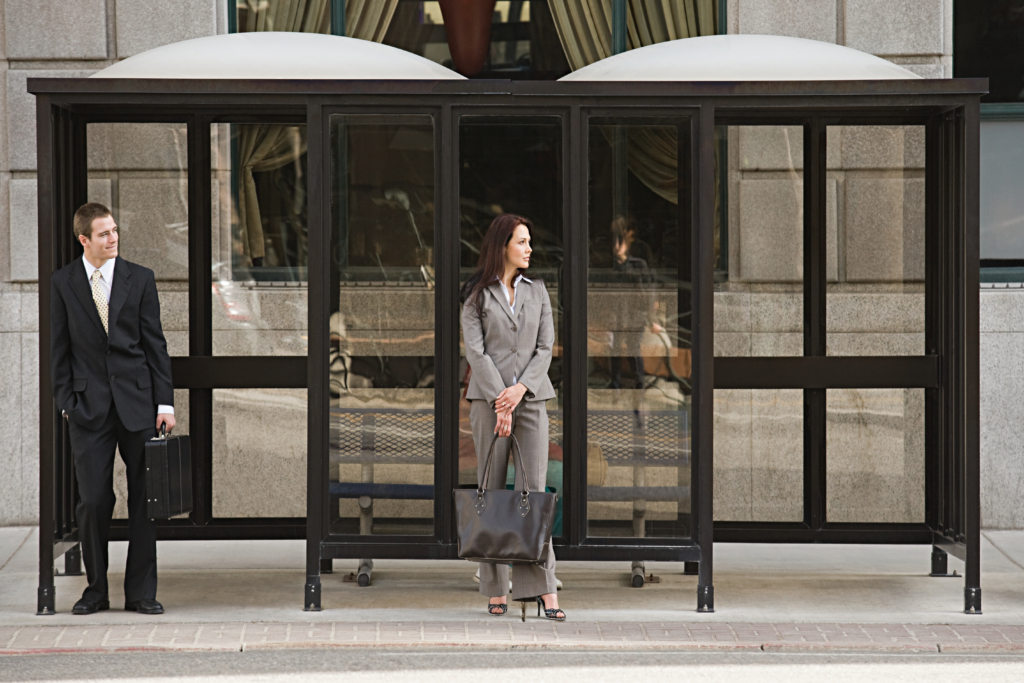Evaluating injuries that occur on the employer’s premises can be a challenging task, particularly when workers are in the transition period between the workday and non-working hours.
Experienced adjusters will recognize that this grey area often encompasses situations that initially appear to be outside the scope of employment. But the facts may ultimately be sufficient to create an industrial injury. The recent case of Duran v. MVP Payroll Financing LLC illustrates how nebulous the physical boundaries of the workplace can be.
In Duran, the applicant was hit by a car while waiting on the employer’s premises for her ride home. The trial judge found that the time applicant spent waiting for her ride was within the course and scope of her employment. Applicant testified that her “usual and customary” habit was to wait in the outdoor break area for her nephew to pick her up and take her home after work.
Defendant argued that the act of waiting for a ride home was solely in the applicant’s own self-interest with no benefit to the employer and therefore the injury was nonindustrial. The WCAB affirmed the trial judge’s finding that waiting for a ride home was an act of “personal convenience” that rendered the injury industrial. It noted that “it is reasonably contemplated that applicant would wait in the area commonly used by the employees for their breaks, and thus the injury she sustained while waiting for her ride home would still be considered AOE/COE.”
The WCAB also rejected defendant’s argument that the going and coming rule barred applicant’s claim. When injuries occur “upon premises owned or controlled by the employer” during a commute, they are generally deemed to have arisen out of and in the course of the employment. Specifically, injuries in the employer’s parking lot, or a nearby lot or street parking if there is no employee lot, are generally found to be compensable.
Applicant testified that the outdoor break area was used for people to take their lunch or 15-minute break, to wait for someone to give them a ride, or as a waiting area in the morning before clocking in. She had witnessed other people use this area when off-the-clock and was not aware of a policy against using this area when off-the-clock. Because the parking lot was an area controlled by the employer, the injury was not barred by the going and coming rule.
The last argument the WCAB addressed was whether applicant’s waiting for her ride home standing in the employer’s parking lot at the end of her shift was a “material deviation” from her duties. However, the high threshold for proving a material deviation – such as a statutory defense, or negligent, willful, or criminal misconduct – was not met in this case. Applicant had been waiting for about 10 minutes for her ride home, which was not a deviation, much less a substantial or material deviation.
One of the central takeaways from the Duran case is that injuries occurring after the working day but are still on or near the employer’s property are highly fact-sensitive. There is no bright line rule concerning when a pre- or post-work injury will be found industrial, nor is there a specific bright line between the end of the employer’s premises and the beginning of the non-work area.
Nevertheless, the case is an important reminder that testimony at trial can be determinative. In Duran, the applicant’s testimony was sufficient to prevail in critical issues. Defendants should carefully consult potential witnesses, including supervisors and coworkers, before trial to determine whether there is a habit or custom of employees to congregate after work in an employer parking lot, for example. If so, defending the claim may prove more difficult.
Alternatively, if employer witness testimony can show that the employer strictly prohibited after-work loitering at the employer’s facility, the chances of a successful defense are more favorable. In Duran, it is unclear whether any rebuttal evidence was provided by defendant concerning applicant’s claims that her usual and customary after-work activities included standing in the employer’s parking lot, or that other employees used the outdoor break area as a place to wait for rides to and from work.
Finally, the employer’s policy handbook should be consulted to determine whether there was a policy against post-employment loitering. In Duran, applicant testified that there was no such policy and it is unclear whether this testimony was rebutted. Often, employee handbooks and policies will specify what is expected of employees before and after clocking out, such as not loitering at the employer’s facility.
The Duran case is a reminder that California workers’ compensation laws do not draw a strict line at the entrance to the workplace, or a strict time after the end of a shift, in determining whether an injury is industrial. However, when a defendant can produce compelling documentary and testimonial evidence that proves a bright line prohibition on pre- and post-employment loitering, the chances of a successful defense rise significantly.
Michael P. Burns is a Partner at Bradford & Barthel’s San Jose location. Before joining B&B, Michael practiced civil litigation and employment law. If you have questions about workers’ compensation defense issues, feel free to contact Michael at mburns@bradfordbarthel.com or (408) 392-8202.
Viewing this website does not form an attorney/client relationship between you and Bradford & Barthel, LLP or any of its attorneys. This website is for informational purposes only and does not contain legal advice. Please do not act or refrain from acting based on anything you read on this site. This document is not a substitute for legal advice and may not address every factual scenario. If you have a legal question, we encourage you to contact your favorite Bradford & Barthel, LLP attorney to discuss the legal issues applicable to your unique case. No website is entirely secure, so please be cautious with information provided through the contact form or email. Do not assume confidentiality exists in anything you send through this website or email, until an attorney/client relationship is formed.



